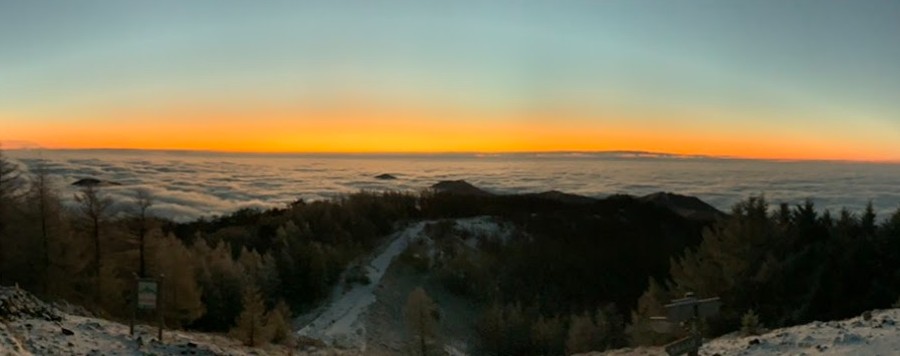Find Edelweiss
When a Journalist asked to George Herbert Leigh Mallory "why climb Mount Everest?", He said "Because it's there".
Mountains are a very sacred place for people and a subject that should be challenged. In the past, many climbers have attempted dangerous mountains such as Everest, the Matterhorn, and K2. Some of them have even lost their lives. However, mountains offer people a chance to heal and visit nature.Furthermore, mountains have lots of history, and in some countries there are mountain beliefs. That is why you should visit.
Especially Japanese mountain climbing will soothe the hearts of travelers from abroad. Originally a part of mountain worship, mountaineering in Japan has recently developed into a form of leisure mountaineering. As a result, Japan's mountains are home to many religious structures and have an interesting history. However, international visitors may be at a loss as to which Japanese mountains to climb. This site is designed to help them decide which mountains can be easily visited from the Tokyo metropolitan area.
Essential Items for Japan and Mountaineering
A backpack is an absolute must. Without a backpack, you cannot take your climbing gear and food with you. Mt Fuji for 30L to 50L,Mt Ryoukami for 40L to 50L for Mt Kumotori for 50L to 60L(some people need to bring tents).
Mt.Fuji needs rainwear long sleeve shirt socks inner down fleece fleece gloves and neck warmer knit hat. Mt. Ryogamiyama and Mt Kumotori (both winter), you will need to add merino wool spats, top and bottom warm-weather pants and clothing, a down jacket and fleece jacket, and warm-weather socks.
Climbing shoes are absolutely necessary. Please make sure to wear the correct size and for the intended use. The shoes you use depend on the climbing season and the altitude of the mountain, so please do your homework and talk with the store staff to make sure you have the right shoes for your needs.
Other necessary items for mountaineering
Headlamps are essential in the mountains, as you will not be able to see the path when it gets dark. A headlamp that allows you to use your hands as free as possible is ideal, although a cell phone light can be substituted.
A zack cover is to protect the zack from getting wet in the rain. A large plastic bag can be used as a substitute, but care must be taken to secure it with elastic to prevent it from being blown away by the wind.
Towels are indispensable for mountaineering, used to wipe sweat, wrap around the neck to protect against sunburn, and so on.
In the event of a disaster, a search will be conducted based on the mountaineering plan, so be sure to submit the plan. Before going up a mountain, share it with your family, and be sure to inform them of your plans when you get off the mountain.
This can be used in case you get lost or have trouble finding your way. Although a compass function is available on your cell phone or watch, a compass is the easiest to use in combination with a map.
Necessary to check which way you are going to climb. You can use cell phone apps, but maps are larger and easier to read.
It is good manners to take home everything you leave behind in the mountains. Make sure to put all trash in a bag and take it home
Choose light, high-calorie foods. We recommend chocolate, persimmon peas, or something easy to eat on the move.
It is good to have a separate bottle of water that can be used for cleaning wounds and cooking, and a sports drink that can also be used to replenish minerals and other substances. Plastic bottles are OK.
